Subphylum Vertebrata Suborder Serpentes Scientific name Nerodia Rank Genus | Phylum Chordata | |
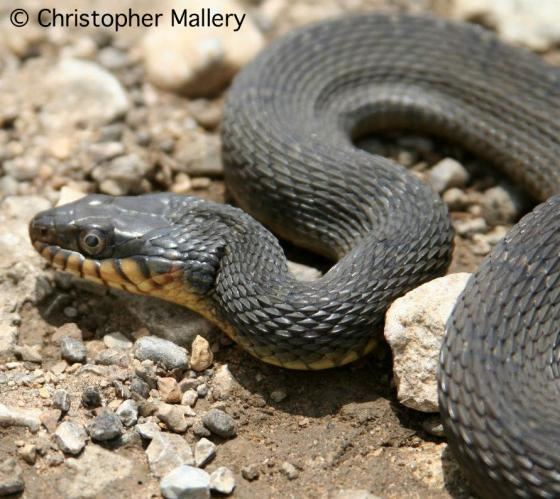 | ||
Lower classifications Northern water snake, Banded water snake, Nerodia erythrogaster, Nerodia rhombifer, Brown water snake | ||
Redbelly water snake nerodia erythrogaster
Nerodia is a genus of nonvenomous colubrid snakes commonly referred to as water snakes due to their aquatic behavior. The genus includes nine species, all native to North America.
Contents
- Redbelly water snake nerodia erythrogaster
- Diamondback water snake nerodia rhombifer eating a large catfish liberty county texas
- Description
- Behavior
- Diet
- Defense
- Reproduction
- Species subspecies
- Distribution
- In captivity
- Conservation concerns
- References
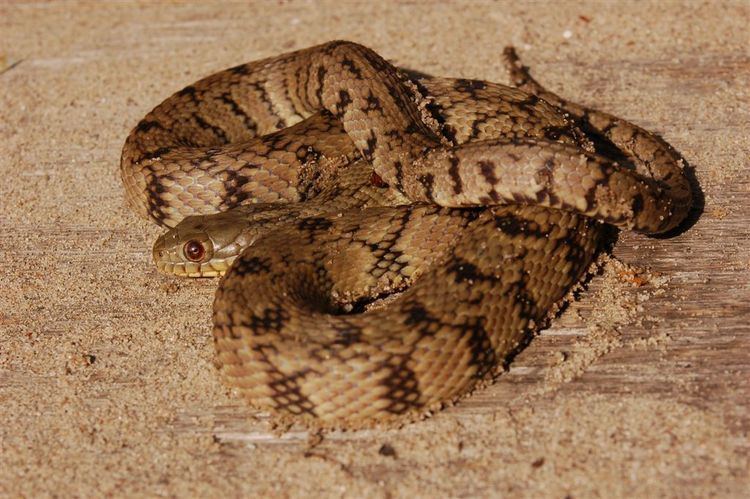
Diamondback water snake nerodia rhombifer eating a large catfish liberty county texas
Description
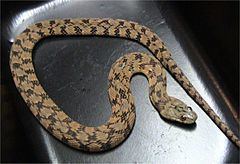
Nerodia species vary greatly, but all are relatively heavy-bodied snakes, sometimes growing to 1.2 m (4 feet) or longer in total length. They have flattened heads, with small eyes that have round pupils, and keeled dorsal scales. Species like N. fasciata display distinct banding, whereas other species, like N. erythrogaster, have blotching, and those like N. rhombifer have diamond-shaped patterning. Most species are brown or olive green, or some combination thereof with markings being brown, or black. Yellow or cream-colored accenting is common.
Behavior
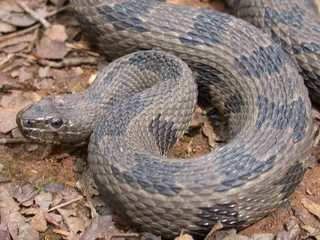
Water snakes, as their name implies are largely aquatic. They spend the vast majority of their time in, or very near permanent sources of water. Often they can be found basking on tree branches which overhang slow moving streams or ponds.
Diet
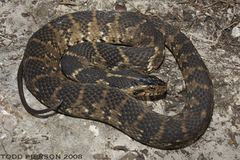
Their primary diet is fish and amphibians, and they are quite adept at catching both in their aquatic environment. They will also consume rodents.
Defense
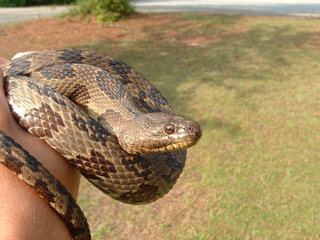
While their initial instinct is to flee when disturbed, they do typically have a nasty disposition. They do not often hesitate to strike or bite if handled, and will often expel a foul-smelling musk from their cloacae.
Reproduction
Nerodia species are ovoviviparous, breeding in the spring and giving birth in the late summer or early fall. They are capable of having 90 or more young, but broods generally are much smaller. Neonates are around 20–26 centimetres (8–10 in) in length.
Species & subspecies
The following species and subspecies are recognized as valid:
Distribution
Nerodia species are widely spread throughout the southern and eastern half of the United States, north into Canada and south into Mexico, as well as to the island of Cuba. Many ranges overlap, and intergrading of subspecies is not unknown, but is rare.
In captivity
Due to how widespread and extremely common they are in the wild, water snakes are often found in the exotic pet trade, throughout the United States, though they are rarely captive bred. Their relative physical unattractiveness, compared to other available pet snake species, and their poor disposition make them less than attractive pets. They are easy to care for though, and do quite well in captivity.
Conservation concerns
Some species, such as N. harteri and N. paucimaculata are only found in very isolated localities and are protected by state laws, but the majority of Nerodia species hold no specific conservation status. Due to their habitat choice, poor disposition, and vague similarity to the venomous cottonmouth (Agkistrodon piscivorus), they are frequently mistaken for them. This results in many more water snakes being killed every year than cottonmouths. Often, water snakes found in areas where the cottonmouth does not range are still killed by humans out of ignorance and fear.
